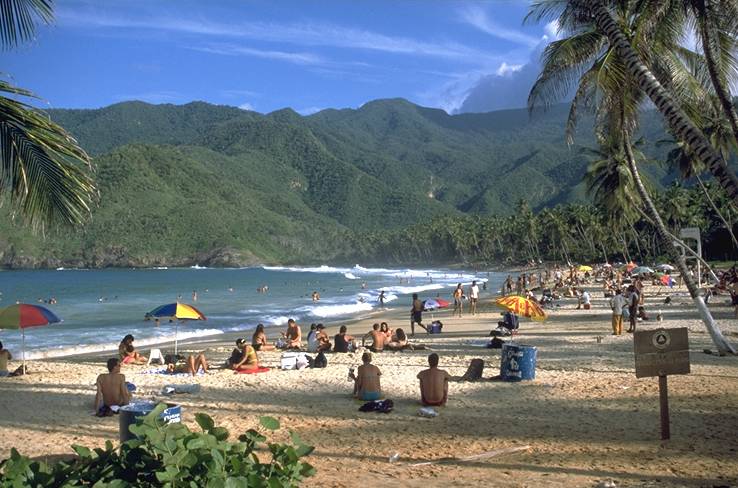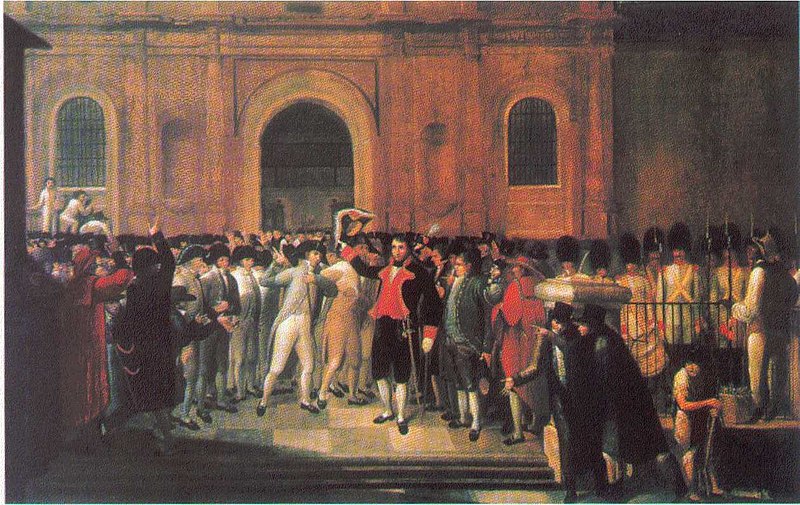Now let's look at the rest of my top 10 places to go in Venezuela:
This national park is located in the east part of the coast and contains a lot of really beautiful beaches and some little islands accessible by boat. You are allowed to camp and because it is a national park it is never too crowed or polluted. It is a quiet and safe place far from any big city where you can enjoy the warm waters of the Caribbean sea. You can also eat fresh an delicious seafood.
(Picture taken by Jorge Paparoni)
The city of Merida has the same name as it's state and it is located around 1650 mt (5413 ft) above the sea level in Los Andes mountain chain. It is a typically destination for both national and international tourists because this city is surrounded by really high mountains where you can actually see them with snow in the top. This mountains are the only place in Venezuela where you can see snow and since we are a tropical country this is very attractive. You can go climbing if you are and adventurer. Also, the tallest and longest cable car in the world is located in Merida, but right now it's closed for maintenance. It is not a big city but you will find a lot of things to do during the day or night because it is a students city. Even though is a touristic city it is also cheap and people is really friendly.
3-Margarita island.
(Silver's bay)
(La Galera fort)
2-Los roques.
(Very tentative right?)
(The biggest island of the archipelago)
1-La Gran Sabana (The Great Plain).
(Photo by Paolo Costa Baldi. License: GFDL/CC-BY-SA 3.0)
(Photo by Paolo Costa Baldi. License: GFDL/CC-BY-SA 3.0)
(A tepuy, one of the oldest rock formations on earth.
Photo by Paolo Costa Baldi. License: GFDL/CC-BY-SA 3.0).
As you see, most of this places are beaches in the Caribbean sea but there is a lot more to discover and visit in Venezuela. I will go in depth with this and other places to go in my blog.
Have you visited one of this places? Which place on the list attracts you the most? What is your top 10 of places to go in your country?







.JPG/800px-Roraima3_(79).JPG)













